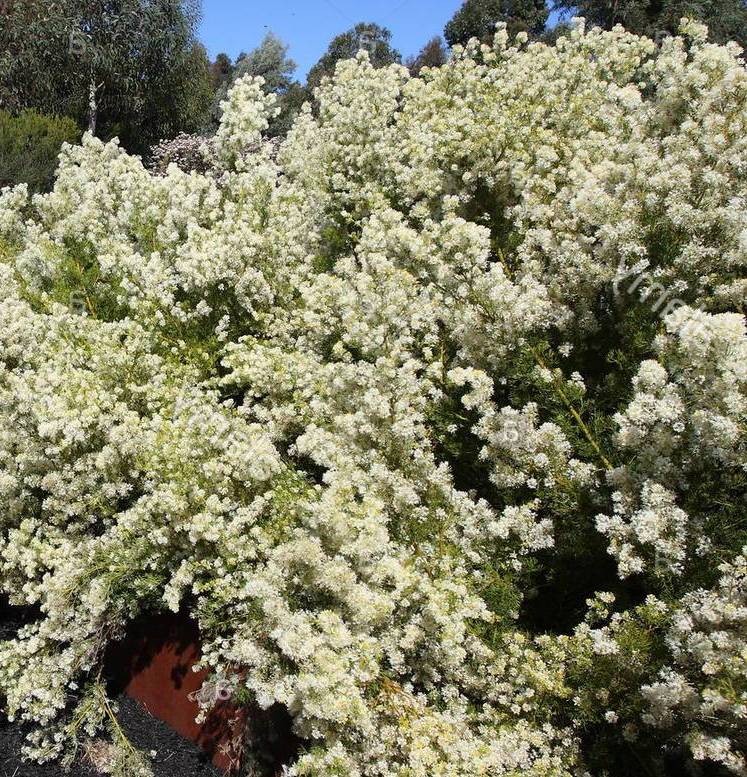Grevillea curviloba
(Grevillea curviloba)

Description
Grevillea curviloba is a species of flowering plant in the family Proteaceae and is endemic to the south-west of Western Australia. It is a prostrate to erect shrub with short branchlets, divided leaves with linear to narrowly lance-shaped lobes with the narrower end towards the base, and white to cream-coloured flowers. Grevillea curviloba is a prostrate to erect shrub that typically grows to a height of 0.1–2.6 m (3.9 in – 8 ft 6.4 in) and has short branchlets. Its leaves are mostly pinnatipartite, 10–50 mm (0.39–1.97 in) long and 10–15 mm (0.39–0.59 in) wide, with three to five linear to oblong or narrow triangular lobes 4–20 mm (0.16–0.79 in) long and 0.7–2.0 mm (0.028–0.079 in) wide with the edges turned down or rolled under. The flowers are arranged in dome-shaped to more or less cylindrical groups and are cream-coloured to white, the pistil 3.5–6.5 mm (0.14–0.26 in) long. Flowering occurs from August to October and the fruit is an oblong to elliptic follicle 10–13 mm (0.39–0.51 in) long. This grevillea was first formally described in 1845 by Carl Meissner who gave it the name Grevillea vestita var. angustifolia in Johann Georg Christian Lehmann's Plantae Preissianae from specimens collected by James Drummond in the Swan River Colony. In 1986 Australian botanical taxonomist Donald McGillivray promoted the variety to species status, giving it the name Grevillea curviloba in his book New names in Grevillea (Proteaceae), the name Grevillea angustata having been given by Robert Brown to a different taxon in 1830. Subspecies curviloba grows in open shrubland in a small area near Bullsbrook and subsp. incurva grows in winter-wet heathland near Muchea. Grevillea curviloba subsp. incurva is listed as "Threatened" by the Western Australian Government Department of Parks and Wildlife, and an interim recovery plan has been prepared. Plants in the genus Grevillea are shrubs, rarely small trees with simple or compound leaves arranged alternately along the branchlets. The flowers are zygomorphic and typically arranged in pairs along a sometimes branched raceme at the ends of branchlets. The flowers are bisexual, usually with four tepals in a single whorl. There are four stamens and the gynoecium has a single carpel. The fruit is a thin-walled follicle that splits down only one side, releasing one or two seeds before the next growing season.
Taxonomic tree:







